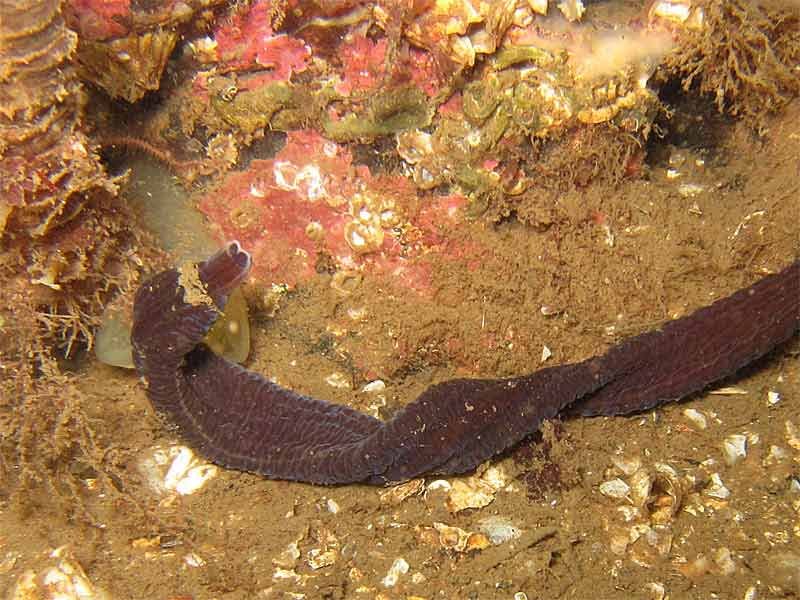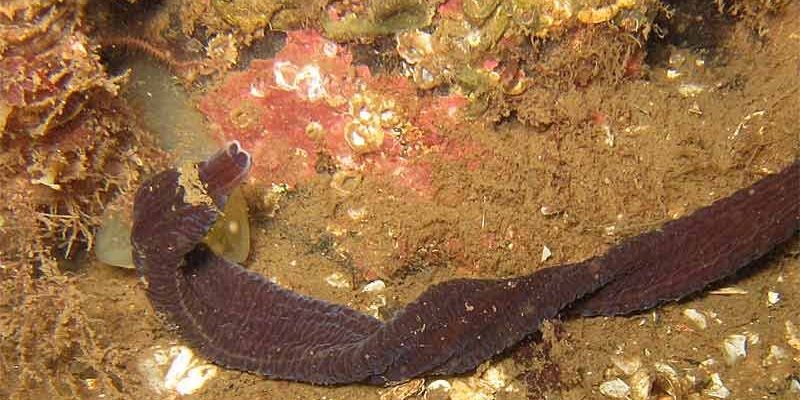
Bootlace worms, known scientifically as *Lineus longissimus*, have a pretty vast range of habitats. Imagine a worm so long it can measure over 50 meters! Their home is mostly in the sandy or muddy bottoms of shallow coastal areas across the North Atlantic. You might be wondering what exactly makes these habitats special for bootlace worms. Let’s dive in and explore where they’re found and what makes these spots so perfect for these intriguing creatures.
The Coastal Ecosystems Where Bootlace Worms Thrive
Coastal ecosystems are rich environments that provide various resources for marine life, including bootlace worms. These ecosystems can include intertidal zones, estuaries, and even deeper sea beds. Each of these places has its unique characteristics, providing different niches where bootlace worms can flourish.
One of the most common habitats for bootlace worms is the **intertidal zone**, which is the area between high and low tide. Here, the water exposes the sandy or muddy bottoms during low tides, making it a perfect spot for these worms to burrow and blend into the substrate. Picture this: as waves crash against the shore, the bootlace worm can safely hide beneath the surface, waiting for its next meal, which often consists of tiny organic matter and detritus.
Estuaries also serve as important habitats for bootlace worms. These areas, where freshwater from rivers meets saltwater from the ocean, create a brackish environment rich in nutrients. The mix of different water types fosters a diverse array of life, making it a fantastic home for bootlace worms. They thrive in the soft sediments where they can burrow and feed while being safe from predators.
Characteristics of Bootlace Worm Habitats
You might be curious about the particular features that make coastal habitats ideal for bootlace worms. Well, here’s the thing: it all comes down to the sediment type and water quality.
Bootlace worms prefer **soft sediment** environments. Sandy or muddy substrates are crucial because they provide the worms with a place to burrow and establish themselves. As they dig into the earth, they create small channels that help them navigate their habitat. This burrowing behavior also aerates the sediment, benefiting the overall ecosystem.
Another key factor is **water quality**. Bootlace worms thrive in clean, well-oxygenated waters. Poor water quality can affect their health and survival, just like it can for other marine creatures. In areas with high levels of pollution or chemicals, you won’t find these worms enjoying their home. Instead, they are usually found in regions where the ecosystem is relatively healthy, which helps ensure the balance needed for their survival.
Geographical Distribution of Bootlace Worms
Now that we understand what makes a good habitat for bootlace worms, let’s discuss where you can actually find them. Bootlace worms inhabit a range of locations across the North Atlantic Ocean, with their presence recorded in various countries from Norway to the United Kingdom and even parts of the eastern United States.
In the **United Kingdom**, bootlace worms have been spotted in coastal areas along the shores of Wales and Scotland. These regions have the right combination of soft sediment and rich biodiversity, allowing bootlace worms to thrive. Just imagine walking the beach and knowing that beneath your feet, these fascinating creatures are plowing through the sand!
Across the **eastern United States**, bootlace worms can also be found in coastal zones, particularly in places where estuaries provide a blend of fresh and saltwater. Here, they can easily camouflage themselves among the mudflats, making it easy to overlook them. They’re excellent at staying hidden, much like a magician performing a sleight of hand!
The Role of Bootlace Worms in Their Ecosystem
You might wonder, “Why should I care about bootlace worms?” Well, these creatures play an essential role in their ecosystems. They are part of the food web, providing sustenance for various predators like fish and crabs. As they burrow through sediments, they help recycle nutrients back into the environment, benefiting other marine life.
Additionally, bootlace worms can act as indicators of environmental health. Their presence suggests that the ecosystem is in good shape, while a decline in their numbers could signal problems like pollution or habitat degradation. Monitoring these worms helps scientists understand the health of coastal areas, making them essential players in environmental science.
Conservation Efforts and Challenges
Despite their importance, bootlace worms face challenges largely stemming from human activity. Coastal development, pollution, and climate change threaten their habitats. Loss of soft sediments due to construction projects can disrupt their homes, while pollution affects water quality, leading to a decline in their population.
Efforts to conserve coastal ecosystems play a crucial role in protecting not only bootlace worms but also the overall marine environment. Organizations are working to establish marine protected areas, reduce pollution, and promote sustainable practices that help safeguard these unique habitats. Supporting local conservation initiatives can go a long way in ensuring that bootlace worms continue to thrive in their coastal homes.
Exploring Bootlace Worm Habitats
If you’re curious about experiencing the bootlace worm habitat for yourself, there are some fantastic activities you can do in coastal areas. Beachcombing during low tide is a great way to observe the ecosystem firsthand. Bring a magnifying glass and look closely at the sediment. You might even spot a bootlace worm if you’re lucky!
Additionally, guided eco-tours often provide insights into coastal environments, teaching visitors about unique organisms like bootlace worms. These experiences can help raise awareness about the importance of preserving marine life and the ecosystems they inhabit.
In conclusion, bootlace worms are more than just a quirky fact about marine life; they are vital members of coastal ecosystems. By understanding where they are found and what makes those habitats unique, we can appreciate their role in the environment. So, next time you’re near the coast, take a moment to reflect on the hidden wonders beneath the waves—and maybe give a little thought to the incredible bootlace worm!

